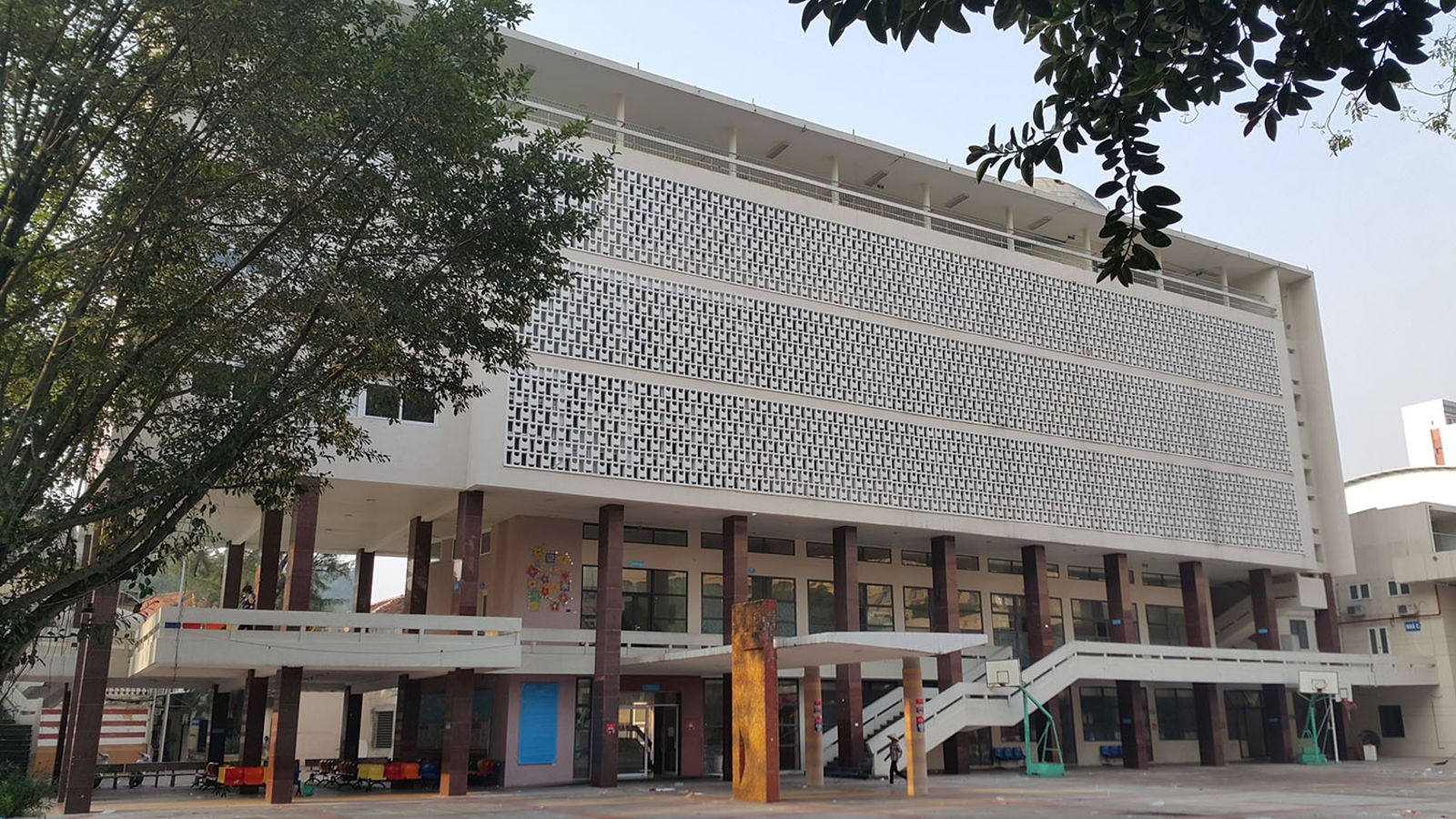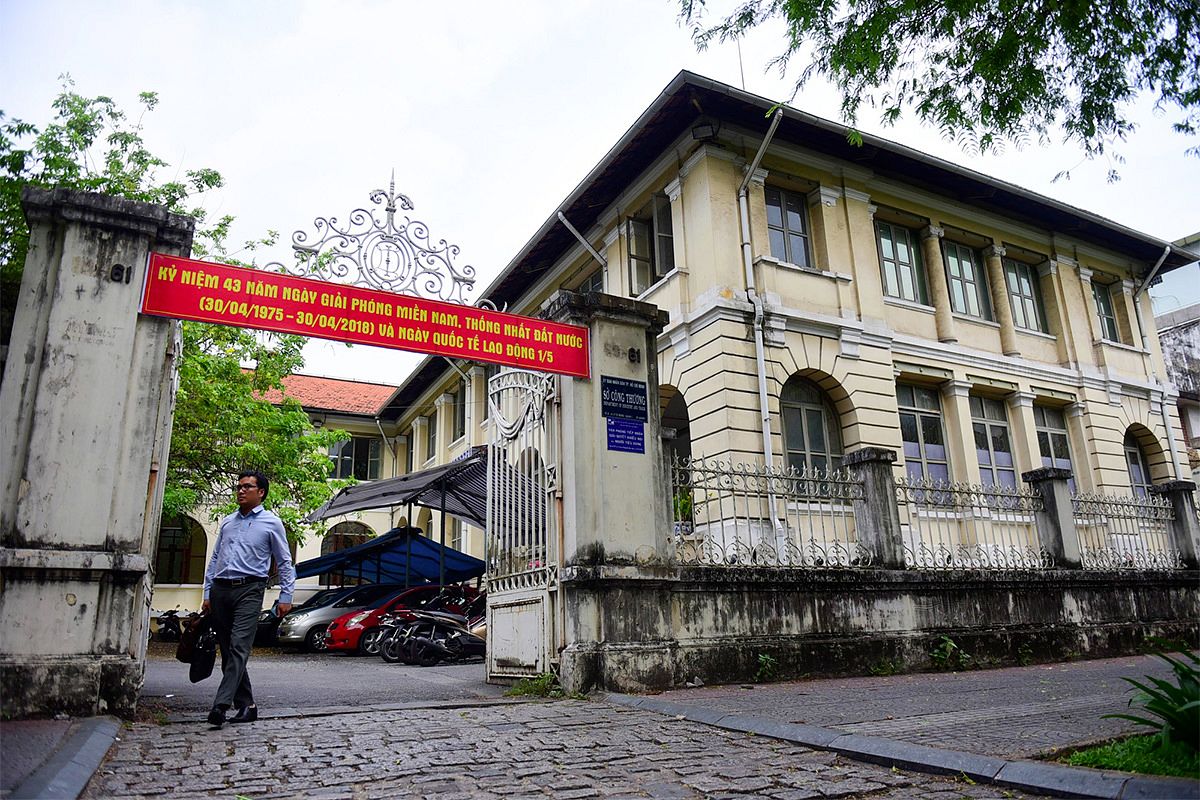Architecture Excursions - Tản Mạn Kiến Trúc is a grassroots media project founded by a group of young Vietnamese who share a simple goal: to shed light on Vietnam’s vast and often undiscussed architectural scene. Through their digital archive, the group has given followers glimpses into not only some of the country’s most iconic buildings but also the rich histories behind them.
A self-funded, self-taught and self-publishing collective of 18- to 28-year-olds, Architecture Excursions has produced hundreds of articles on their social media to investigate the intersection of Vietnam's culture and architecture.
And being one of the very few independent projects to showcase urban heritages across Vietnam (most particularly southern Vietnam), the group has received great attention and praise from the public for their effort.



A church in Hue that was constructed using the design principles of modernist architecture.
Established in 2019, Architecture Excursions’ Facebook page serves as an open-access library where anyone can admire the halls of high schools built from the colonial era, or read up on the history of an obscure nuclear center in the Central Highlands. The information is often delivered in serialized formats some of which include Theoretical Perspective, Architectural Elements, or Excursion Dictionary.
Having made waves on social media, the group was invited to take part in Queen's University's research project on colonial architecture, which gave them an opportunity to offer their own perspective on heritage conservation in modern times. The group was also honored by Heritage magazine for their initiative to promote otherwise overlooked gems to young readers.
"We’re young, so it’s only natural that we understand what other young people want, especially those who have developed an urban identity, got fond of cultural and art matters, and grown curious about their country’s identity and what that means to their own," the team tells Saigoneer.


Ho Chi Minh City's Geological Museum featured in Architecture Excursions' series about forgotten sites.
The initial premise was not so grand, as the founders simply wanted to keep an archive of structures they love in the form of interesting stories and cool photos. But one visit after another, more locations were added to the map, and more members of the community came to love and contribute to the project. Their architectural excursions were no longer limited to Saigon's landmarks like the Opera House or China Town, but open to nationwide icons as well.
The focus was subsequently expanded, highlighting not only the architectural works but also how people interact with the tangible or intangible heritage related to them. On this greater journey, the group also realized that no one individual or organization had enough influence to create a meaningful change, and what they needed was mutual support and growth. Thus, they sought out those who were in the same boat and began to co-organize events, talks, and workshops to truly solidify the cultural and architectural conservation community in Vietnam.
How to conserve heritage in the age of media
“One of the most important missions of Architecture Excursions is field research, so as a team we always try to visit the location in person and talk to the people who live there before writing up an article,” says Trung Hiếu, a core member of the group. It is these firsthand encounters and personal experiences that have turned a supposedly “dry” topic into digestible and relatable pieces for many.

From these field trips, the group is able to procure one of its greatest outreach tools in the age of social media: great-looking up-close shots. Going further than dusty photographs from databases, the team prioritizes realistic visualization and utilizes images taken on-site; though when tackling more complex subjects, they prefer infographics to deliver the information more succinctly: “We improve the visual experience to make the long reads more approachable.”


The production quality of Architecture Excursions’ publication is comparable with what professional agencies put out, said Trung Hiếu, as they go through meticulous steps to ensure the final product: going on field studies, making sketches and taking notes, processing raw data, verifying sources, designing visuals, and finalizing the copy before having shared with the community.
Among all the running series, Theoretical Perspective is the one of which the team is proudest. Inviting readers to take a deep probe into conservation work around the world, the different installments of the series explore a wide range of topics — heritage conservation approaches, relation between heritage study and memory study, an introduction of UNESCO guidelines, and post-colonial architecture. But despite the scholastic nature of the discourse, Architecture Excursions chooses to present it in the briefest, most visually engaging manner so that even the layman could pick up the key points.
A community-centric vision
Like many other grassroots initiatives, the team behind Architecture Excursions faces mounting difficulties: “We start doing things alone on our own, and it’s easy to lose hope and want to give up. Luckily, the constant support from the surrounding community has given us strength to keep moving forward.”

A field trip at The Reunification Palace that the team organized.
And by pushing forward, the group has big plans for the future, as they hope to organize more field events to bring more of those who are interested into the architectural space, and give them the opportunity to engage with not just the heritage sites but also the people that live in them. This community outreach is Architecture Excursions’ top goal as they believe "positive changes can only be made when keeping the community in mind."
We concluded our talk with a question: "What is the end goal of Architecture Excursions?” to which Hiếu answers: "It’s simply to share our love of Vietnam’s architectural heritage. There’s no greater joy than to see our message finally reaching someone."














